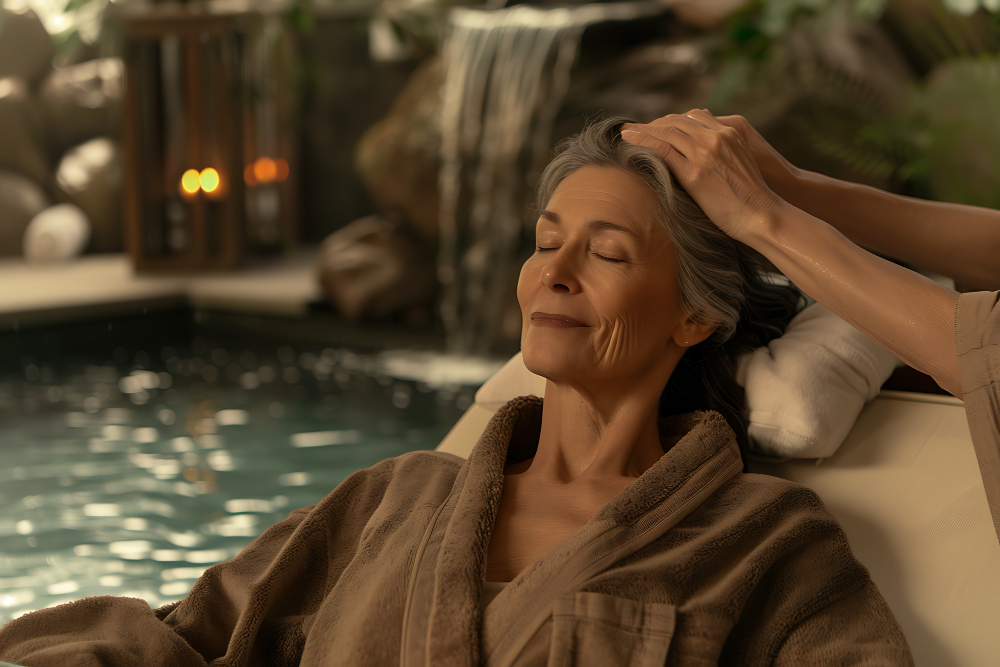Longevity Tourism: How Vacations Are Redefining Aging
Traveling with health and wellness in mind is the new trend in America, and you can learn how to make the most of it.
Understanding Longevity Tourism in America
The tourism industry has long been associated with leisure, but a trend has been gaining momentum in recent years: longevity tourism.

More than traveling to relax, it is about traveling to live longer and better, integrating health, wellness, and science into carefully designed itineraries.
The Starting Point: Aging of the American Population
The data explains part of this movement. According to the U.S. Census Bureau, the population over 65 will represent nearly 22% of Americans by 2040.
This means tens of millions of people seeking not only medical care but also life experiences that promote physical, mental, and emotional health.
With longer life expectancy and accumulated income over their careers, this generation is able to invest in wellness travel.
At the same time, younger audiences are also showing growing interest in self-care and prevention, making longevity tourism a cross-generational trend.
Beyond Spas: Science and Innovation as Attractions
Longevity tourism in the U.S. goes beyond the classic image of luxury spas.
Resorts, clinics, and even universities are integrating into this ecosystem, offering programs that combine preventive medicine, nutrition, personalized exercise, and even advanced health monitoring technologies.
One example is the growing popularity of destinations such as Sedona, Arizona, or Palm Springs, California, where hotels offer everything from integrative medical consultations to meditation sessions in natural settings.
Meanwhile, Miami has established itself as an international hub for regenerative medicine clinics, attracting people from around the world.
Moreover, biotechnology and longevity research companies have partnered with resorts and travel agencies to offer exclusive experiences.
The Connection Between Tourism, Wellness, and the Economy
Longevity tourism is not just a luxury niche; it is an important engine for the economy.
According to the Global Wellness Institute, the global wellness tourism market has already surpassed $800 billion, with the U.S. as one of the main hubs.
Planning a vacation is no longer just about choosing a destination and lodging; it now involves aligning travel with health goals, such as reducing stress and improving sleep.
For the industry, this represents an opportunity to retain clients seeking value-added packages, where every dollar spent is seen not as a leisure expense but as an investment in longevity.
The Role of Generations
Longevity tourism manifests differently across generations.
- Baby Boomers and Generation X tend to seek comprehensive programs, including medical supervision and alternative therapies. For many, this is a way to travel while maintaining attention to body wellness, not just sightseeing.
- Millennials and Generation Z are already concerned with future quality of life, seeing wellness tourism experiences as a lifestyle. They also engage with industries like yoga, organic food, digital detoxes, and nature immersion.
This generational intersection strengthens the trend by bringing different traveler profiles under the same umbrella: the pursuit of longevity.
Prominent American Destinations
Several U.S. locations are emerging as centers for longevity tourism:
- California: resorts specializing in holistic health, mindfulness practices, and functional nutrition.
- Arizona: spiritual retreats and detox programs amid desert landscapes.
- Florida: regenerative medicine and anti-aging clinics, combined with beaches and tourism infrastructure.
- Colorado: Programs focused on mountain sports, oxygenation, and nature immersion.
Each destination leverages unique characteristics—from climate to geography—to offer experiences that promise to rejuvenate body and mind.
Challenges: Accessibility and Inequality
Despite its growth, longevity tourism faces a major challenge: economic accessibility. Many packages are still geared toward the elite, with costs easily exceeding several thousand dollars.
More modest trips are usually far cheaper, even in highly trafficked locations.
This creates a barrier for a large part of the American population, many of whom struggle to save even for emergencies, as Federal Reserve reports show.
The risk is that longevity tourism solidifies as a privilege for a few rather than expanding as an inclusive preventive health practice.
However, many startups are already emerging to offer more accessible travel options, such as weekend retreats and partnerships with health insurers.
The Future of Longevity Tourism in the U.S.
With advances in medicine and the increasing value placed on wellness, longevity tourism is expected to become even more relevant in the next decade.
Imagine a trip where your smartwatch guides activities, diets, and rest schedules based on real-time biomarker data.
This type of experience, once futuristic, is already being developed in some U.S. destinations.




